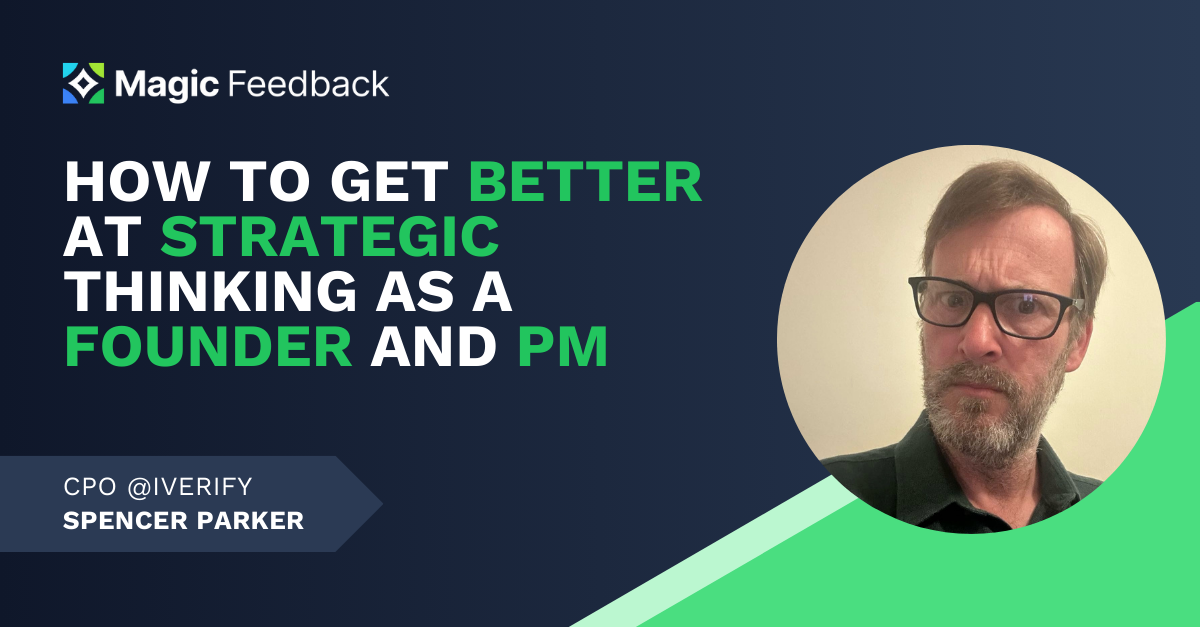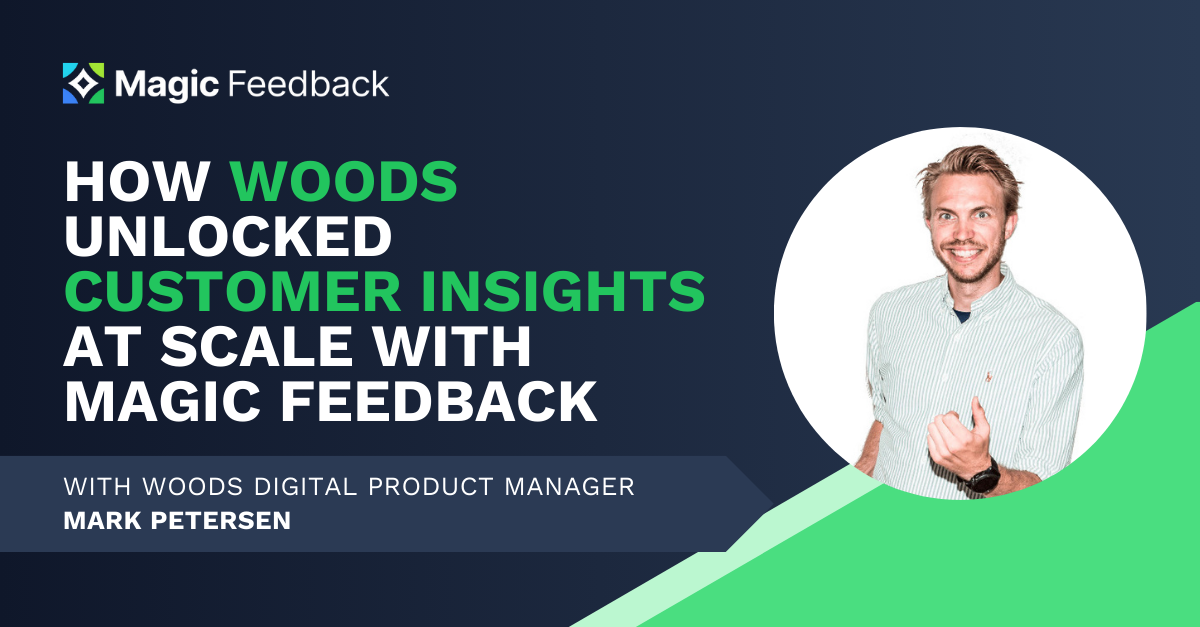
I sat down with Dimos Papadopoulos, a senior, experienced product manager, who has worked in some of the world’s leading fashion and FMCG companies. He shares his perspective on the most common misconceptions about the Product Management role and discipline. He dissects the pressure the PM faces daily to perform and meet expectations that are often not based on reality. It’s a sobering read, one that would bring comfort to us all – as long as we put the customer first, listen actively and ask the right questions, we are on a good path.
For Dimos, one of the biggest misconceptions about the role of the PM comes, because the reality vastly differs from what the Product Guru’s of the day share on platforms such as Linkedin. He explains further:
“Marketing was born in the US. That is a fact, and a lot of the disciplines and books that get globalized actually come from the US too. So a lot of times we get this glorified version of product management, that maybe either is not applicable to our current scenario or our current situation. Maybe it’s not applicable to our organization, because of the maturity level, because of leadership, because of many external factors etc.”
He questions how one and the same theory can be applied without modifications, globally, to all markets.
“A lot of times we don’t consider the cultural nuances, we cannot just effectively take a management process and just put it into e.g. Mexico, Colombia, Germany and Japan and just expect that it’s going to work. Just because Meta or Google announced that it works for them, doesn’t mean it would work for everyone else too. The world simply doesn’t work that way.”
He elaborates that there are a myriad of reasons why it doesn’t work in reality as it does in books.
“The first challenge is the actual resources – not every organization has the same level of resources, not only in terms of designers, engineers, testers etc. I’m talking even money to build initiatives the way they would like to build them. Budgets actually fluctuate and many businesses do not have the luxury, as I call it, to build a 10 year or a multi-year, multi-million initiative on a hardware that is subject to failure. Not to point fingers at Google glasses here.“
Dimos stresses that these constraints on the organizations are imminent, they are part of the nature of building businesses in different environments.
“A lot of times it comes down to focus. It’s great when you read a book and you listen to the product gurus about how to manage discovery and how to do design sprints. For example to take two three weeks off your calendar and just talk to customers all day etc. These are all great in theory, but in practice, when you have specific time bound constraints and commitments and you’re working on three different initiatives or five epics at the time or many PMS are across two product squads Etc you don’t actually have the luxury of of time and focus in order to properly do everything great for one product in itself. I’m not judging whether that is a right approach or not organizationally, but for some organizations it works and that’s the way it is.”
The maturity level of an organization is a critical factor in determining what type of processes can be established.
“Maturity also is something that plays an important role. Many organizations are still fighting about titles – what is a PM, what is a product owner, what is a QA engineer. Not every organization has the same understanding, the same level of maturity or even the clarity to have clear roles and responsibilities between these roles. This also creates another level of challenge”
All of this adds complexity and makes the reality not as straightforward as it may sound in a book or in a LinkedIn post. It needs much more careful thinking. Sometimes you just literally need to do the best with whatever you have. That is why Dimos advocates for an approach that puts people above processes. He advocates agile.
“That’s what I love about agile – it doesn’t really dictate ways of working. It’s actually a mindset and it’s literally that you have to talk to people, you have to put people above all processes. Why do we, as PMs, keep on enforcing all these artificial processes? We keep on thinking – I have to conduct a user survey and then I need to invite them for an interview and then I need to iterate and then after a week to present it back to them the prototype and then second iteration. Why are we imposing all these rules? These are best practices on one hand, but maybe they don’t work in our setting, based on the challenges that I mentioned.”
What he is really advocating is that PMs do not put that much pressure on themselves. That they do not need to be this perfect picture taken from a book.
“The real question is: where does the value lay – in the process or in the outcome. I feel like our focus should be our customer and how we can drive better product decisions, more visionary decisions in terms of our business to drive the bottom line.”
Ultimately we are people, building for people. They would never know how rigorous or long our process was. What they would know is – is this new launch going to solve their needs.
“A lot of people focus on output, but output does not equal value. So I would say outcome and value is the core addressability for PMs and along the way dealing with emotions. This is something that is not written in the books, but you are talking with people and you are working with people in order to build everything. Of course it’s technology and I would love to talk about AI and Innovation, but at the end of the day you’re building for people, who are going to use the products. You’re not building for bots or nobody is building for bots. That is actually very important – dealing with the emotions and having it as a factor in everything.”
Dimos warns Product Managers to not jump into the latest trends or fads without careful consideration first. He recommends that they always ask the question first – is this actually what would drive value for the customer?
“Seven years ago you were listening about Bitcoin and Mining and cryptocurrencies etc. So the product teams jumped and said okay, we need to activate that and we need to allow people to pay through cryptocurrencies. They believed that’s what was needed to get better valuations, to get to the next investment round. Now it’s AI, tomorrow is going to be something else. It’s tech’s version of fast fashion.”
When asked about his advice, on what PMs should focus on instead, Dimos explains.
“Addressing what people really want. If people actually want a faster car or if their actual job to be done is that I want to commute home faster in order to be with my family. This is a very different conversation, than wanting a better or a faster car or a shinier car.”
His advice is to always ask for the real need behind, not what we think or believe the need is. The need is often much more basic, more intrinsic and requires more digging. His advice is to fail fast, test your assumptions, experiment and let the data speak for itself. And to be gentle to yourself, strive to meet the customers needs and everything else will follow.


